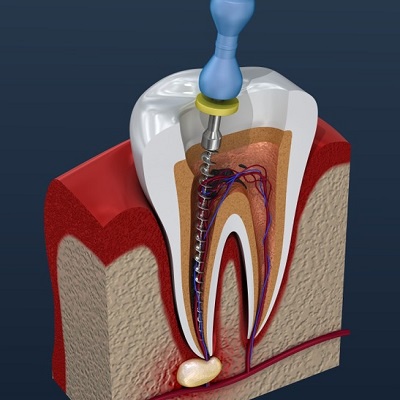Root canal treatment often comes with misconceptions, primarily fears of pain and discomfort. However, with advancements in dental technology and techniques, this procedure is typically straightforward and relatively painless. Understanding what a root canal involves can demystify the process and highlight its benefits. This blog aims to provide a comprehensive overview of root canal treatment, dispelling myths and offering insight into what patients can expect.
What is Root Canal Treatment?
Root canal treatment in islamabad, also known as endodontic therapy, is a dental procedure performed to save a tooth that is badly decayed or infected. This treatment is necessary when the pulp, the soft tissue inside the root canal, becomes inflamed or infected due to decay, repeated dental procedures, cracks, chips, or trauma. The procedure involves removing the damaged area of the tooth, cleaning and disinfecting it, and then filling and sealing it.
Understanding the Procedure:
-
Diagnosis and X-rays: The process begins with a thorough examination, including X-rays, to determine the extent of the tooth damage.
-
Anesthesia: Local anesthesia is administered to numb the tooth and surrounding area, making the procedure as pain-free as possible.
-
Accessing the Pulp: The dentist drills an opening in the crown of the tooth to access the pulp chamber.
-
Removing the Infected Pulp: Specialized tools are used to remove the infected or inflamed pulp from the tooth.
-
Cleaning and Shaping the Root Canals: After the pulp is removed, the canals are cleaned and shaped to prepare them for filling.
-
Filling the Canals: The cleaned root canals are filled with a biocompatible material, usually gutta-percha, and sealed with adhesive cement.
-
Restoring the Tooth: A filling or crown is placed to restore the tooth to its full function and appearance.
Benefits of Root Canal Treatment:
- Pain Relief: Root canal treatment effectively relieves the pain caused by a decaying or infected tooth.
- Tooth Preservation: The procedure saves the natural tooth, avoiding the need for extraction and replacement with artificial alternatives.
- Preventing Spread of Infection: Treating the infected tooth prevents the spread of infection to other parts of the mouth.
- Enhanced Oral Health: A healthy mouth contributes to overall well-being, and saving a natural tooth plays a crucial role in maintaining good oral health.
Post-Procedure Care:
After the procedure, patients may experience mild discomfort or sensitivity, which usually subsides within a few days and can be managed with over-the-counter pain relievers. It is important to follow good oral hygiene practices, avoid chewing on the treated tooth until it's fully restored, and attend follow-up appointments as recommended by your dentist.
Debunking Common Myths:
- Myth: Root Canal Treatment is Painful: With modern anesthetics and techniques, the procedure is usually no more uncomfortable than getting a filling.
- Myth: It's Better to Extract the Tooth: Saving your natural tooth, when possible, is generally the best option for oral health.
Conclusion:
Root canal treatment is a safe and effective way to save a tooth that might otherwise need to be extracted. Understanding the procedure, its benefits, and what to expect during recovery can help patients approach this treatment with confidence. With the goal of alleviating pain and preserving your natural tooth, root canal therapy plays a vital role in maintaining oral health and overall well-being. Remember, the best way to avoid root canals is through regular dental check-ups and good oral hygiene practices.


No comments yet